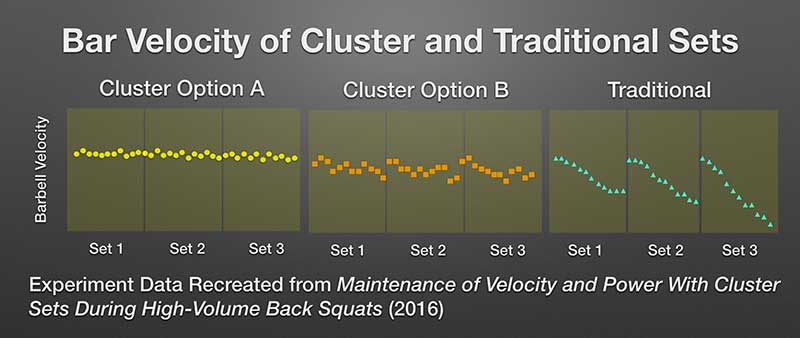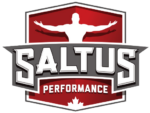BY MASON TAN, BKIN
Introduction
Countless methodology exists in the world of Strength and Conditioning when it comes to developing a successful program to meet the goals of various athletes. Depending on the phase that a particular athlete is in, whether they are starting their off-season, going into pre-season, in-season, or approaching a big championship game, we as Strength coaches have to keep our athletes fresh and injury-free in order for them to perform at a high level.
In previous articles, we talked about eccentric training as a way to improve strength and reduce the likelihood of injuries. Additionally, we also spoke about the use of post-activation potentiation to increase power. For this article, we are going to focus on the concept on Cluster Training as a way to develop power and keep athletes feeling fresh.
What is Cluster Training?
Cluster training can be viewed as a way to keep power output consistent by including rest time between each rep (inter-rep), between each cluster (intra-set), or between each set (inter-set). For example, performing 6 front squats in a row with an appropriate weight may lead to a decrease in power output (can be estimated by bar speed). However, by adding appropriate rest periods between each rep, cluster, or set, the athlete is now able to maintain similar levels of bar speed.
According to Carl Valle’s post on simplifaster.com, a presentation made by Dr. Oliver showed 9 scientific benefits of cluster-style training.
- Greater total power output during bench press training
- Greater force, velocity, and vertical displacement during Olympic lifts
- Greater power output during ballistic jump squats
- Better maintenance of technique throughout the unit of training
- Better maintenance of jump height and distance
- Lower ratings of perceived exertion after training
- Lower reliance on glycolytic pathways during training
- Similar increases of muscular strength after a training cycle
- Similar androgen and hormone responses to training
To summarize cluster-style training in one picture, refer to the picture below as shown in Coach Valle’s post.

When would Cluster-style training be useful?
Due to the benefits of being able to keep power at a high level while not causing as much fatigue as traditional straight sets do, cluster training can be used during the tapering phase, maintenance phase, or deep into the off-season phase of a program.
An example of how I implemented cluster-style training into some of the athletes I worked with over the summer was to start their first 3 weeks off with a general preparatory phase, 3 weeks of eccentric work to build strength in the ligaments and tendons, 3 weeks of isometric work to build on exploding from zero velocity and maximum tension, then into 4 weeks of concentric work mixed with cluster-style training for maximum power output as the final phase before going into maintenance using solely cluster training. This methodology was inspired by Cal Dietz who is a Strength Coach at the University of Minnesota. Coach Dietz uses Triphasic Training as a way to improve athletic performance while also implementing cluster-style training during periods of his program.
Conclusion
In summary, implementing cluster-style training deep into the off-season and into a maintenance program is a great way to keep the athlete feeling fresh as power outputs consistently remain at a high level. Additionally, athletes generally have lower ratings of perceived exertion (RPE) after training, allowing them to still complete a high intensity practice/session later in the week if needed.
